Share This
From common foods like leafy greens, radishes, and sweet potatoes, to less familiar ingredients like cassava, plantains, and okra, the African heritage diet is full of unique and diverse flavors.
For this Ask the Experts blog post, we invited a panel to select their favorite recipes that feature foods from our “Common Foods of African Heritage” chart—or how they might spice up a traditional dish with one of the unique flavors from the chart. See their submissions below, and tag us on social media when you share your ideas and recipes that include ingredients from the chart!
Ask the Experts, African Heritage Edition
I know it’s odd but I’m a big okra fan. It’s been a staple for me being born and raised in the South. My Spicy Roasted Okra (courtesy image below) is a favorite recipe that’s easy to make. In it, fresh okra is spiced up and roasted to perfection. It’s a perfect appetizer or side dish but good luck getting the roasted okra to a plate. It’s a super snack-able recipe. I often eat a bunch right off the pan!
– Marisa Moore, MBA, RDN, LD, Integrative and Culinary Dietitian, https://marisamoore.com
Shrimp Creole (courtesy image below) reminds me of my Caribbean and African heritage and roots. Creole cooking is influenced by West Africa (Cape Verde and Equatorial Guinea), and it provides a delectable explosion of amazing flavors. There is a difference in Creole cooking vs. Cajun cooking–Creole cooking uses tomatoes while Cajun cooking does not. There is a rich history of Creole cooking particularly in New Orleans, Louisiana. Traditionally, slaves would work in the kitchens of wealthy members of society to prepare dishes that took a long time and used ingredients like expensive spices from various regions of the world, mainly from Africa. Creole was known as city food based on the use of exotic ingredients and the broad mix of cultures that contributed to the cuisine.
– Denine Rogers MS, RDN, LD, FAND, Integrative & Functional Registered Dietitian Nutritionist and Owner of Living Healthy
Go kale. I love all things kale! A kale salad mixed with quinoa, beans, olive oil, and spices and topped with grilled salmon or baked cod makes for a yummy meal (courtesy image below). Delicious and nutritious! Beats a traditional lettuce salad. I try to incorporate kale and other leafy greens into my salad repertoire.
– Lisa R. Young, PhD, RD; Adjunct Professor of Nutrition at New York University, www.portionteller.com
One of my favorite recipes using leafy greens—a key ingredient in the African heritage diet—is Grits Smothered with Greens (courtesy image below), which is inspired by some of the classic dishes my mother, who grew up in Arkansa, loved to cook. I love that flavor combination of the pungent greens, sweet sautéed onions, and aromatic olive oil under a pillow of creamy corn grits. This combination is very nutritious, too, as the greens are packed in vitamins, minerals, and phytochemicals, and the grits have fiber and slow-digesting carbs.
– Sharon Palmer, RDN, The Plant-Powered Dietitian, SharonPalmer.com
This Smoky Collard Greens recipe is a healthy way to make delicious, tender vegetarian collard greens. Collard greens are rich in vitamin K. They have an amazing 1,045% of the recommended daily intake of vitamins in one cooked cup! Collard greens are also are an excellent source of vitamin A, C, folate, manganese, and calcium, and a good source of other B vitamins. Plus, it is a traditional soul food dish that tastes amazing.
– Charmaine Jones, MS, RDN, LDN and Owner of Food Jonezi.
When I think of African cuisine, I visualize color and flavor. My favorite side dish is roasted acorn squash brushed with olive oil and seasoned with cinnamon and nutmeg. To add color and natural sweetness to the dish, top it with juicy, pomegranate gems known as arils. The flavor is even more beautiful than the picture (courtesy image below).
– Dr. Joan Salge Blake, EdD, RDN, Clinical Associate Professor, Boston University and author of Nutrition & You
Meaning “head of the shop” in Arabic, Ras el Hanout is thought of as kingly for its 30 or more spices, roots, peppers, leaves, and sometimes saffron, even rose petals. The prized blend is extremely versatile, traditionally used throughout Morocco and northern Africa for vegetable tagines or barbecued lamb. We like to incorporate the mildly spicy, wildly aromatic Ras el Hanout into rubs and marinades for poultry and fish, as well as with whole grains, lentils, and bean curries or stews. Our house standby is to mix a generous amount into minced beef for grilled brochettes served with cucumber yogurt sauce and flatbread, plantain tortillas, or plump Israeli couscous. Take a culinary trip to the souk (market) with your own blend (this recipe using 17 mostly standard herbs and spices) that can be made as bold or tame as you wish (courtesy images top and below)!
– Heather Goesch, MPH, RDN, LDN, nutrition consultant and food blogger at Heather Goesch Nutrition, and contributing author to Food & Nutrition Magazine; www.heathergnutrition.com
Lawrence’s Cajun Style Gumbo represents a healthier version of this quintessential Cajun-Creole dish. Traditional gumbo is typically made with a combination of chicken, andouille and smoked pork sausage. You’ll even find gumbo with shellfish added. However, three ingredients are always present—a dark roux, okra, and filé. My husband Lawrence made just a few changes to his traditional recipe to reduce the fat and cholesterol content. The roux is made in the oven instead of stove top. This reduces the amount of oil while preserving the deep, rich, nutty, flavor. The andouille, smoked sausage and shellfish are omitted. Instead of chicken with skin, only skinless chicken breast was used. If you love gumbo, you will love Lawrence’s Cajun Style Gumbo.
– Constance Brown-Riggs, MSEd, RD, CDE, CDN, author of the Diabetes Guide to Enjoying Foods of the World, www.constancebrownriggs.com.
So many of the gifts that make our lives delicious come from Africa. I have a passion for all of Africa’s leafy greens, and they all grow abundantly here in South Florida—even in my own back yard. This is an easy version of a traditional Ethiopian stew, or wat. It’s full of flavor with no meat whatsovever. Wats are usually served with injera, an amazing spongy bread made from teff. Should you find yourself fresh out of injera, serve with rice, millet, or scooped up with the flatbread of your choice (courtesy image below).
– Ellen Kanner, Huffington Post’s Meatless Monday blogger, author of Feeding the Hungry Ghost: Life, Faith and What to Eat for Dinner and Oldways Vegetarian Network advisor
The African heritage diet is full of unique and diverse flavors, making no recipe dull in taste (see my infographic on food pairings with herbs and spices that includes African heritage foods). This Roasted Root Vegetable Power Bowl (courtesy image below) starts at the root of African heritage (pun intended). Root vegetables like beets, sweet potatoes, and carrots, are the start of this power bowl. Beets have a very earthy, sultry flavor, whereas the sweet potatoes and carrots provide a sweet element. Sorghum, also called milo and believed to have originated in Africa, can be eaten like popcorn, cooked into porridge, ground into flour for baked goods, or even brewed into beer. Cook like any grain and can be a delicious addition to a salad.
– Julie Harrington, RD, Culinary Nutrition Consultant of RDelicious Kitchen

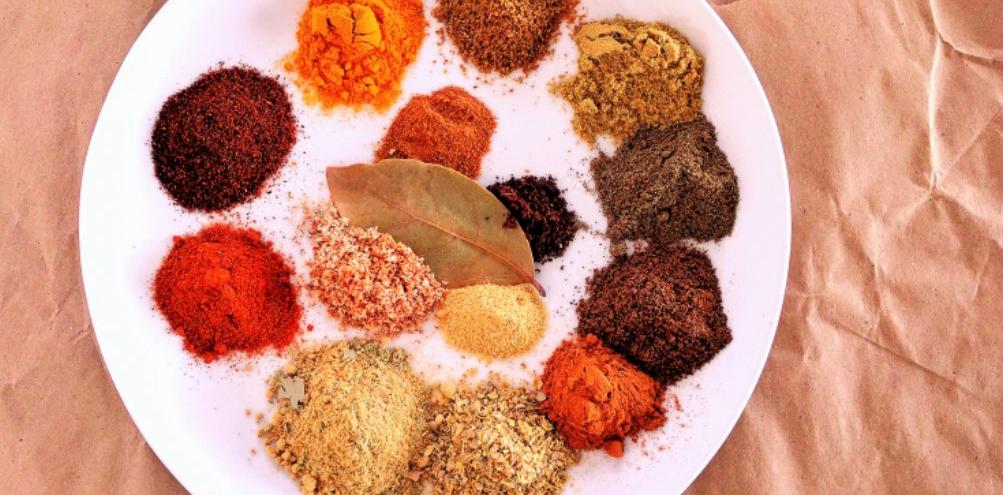
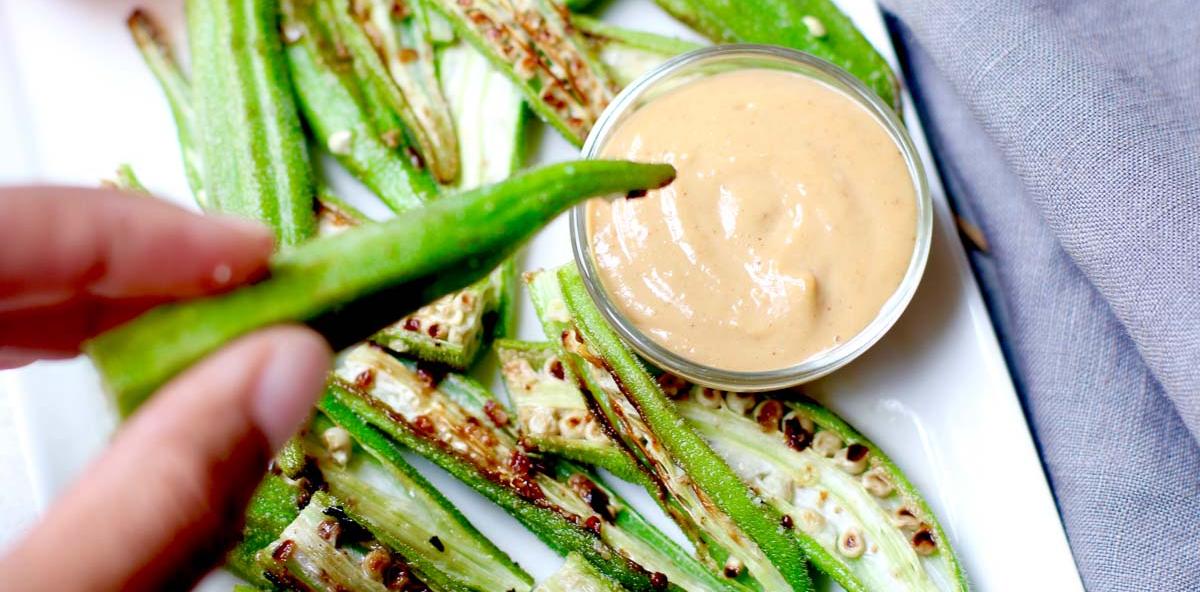
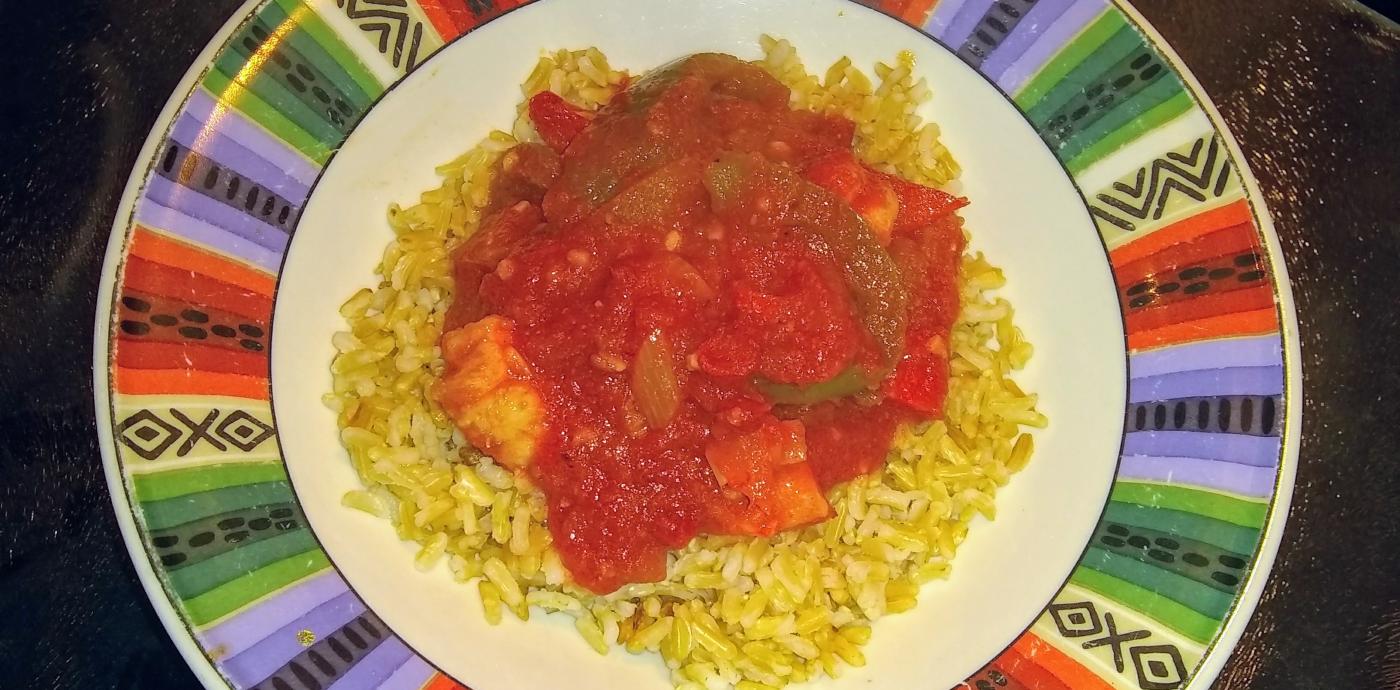
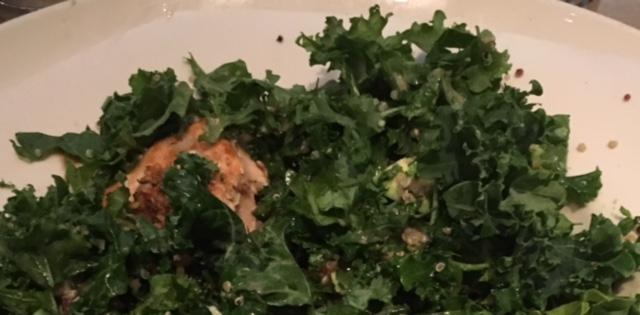
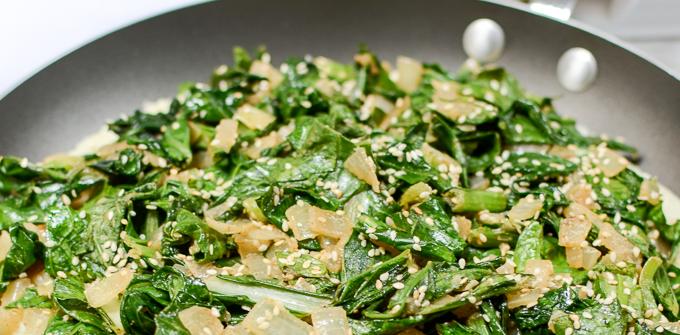
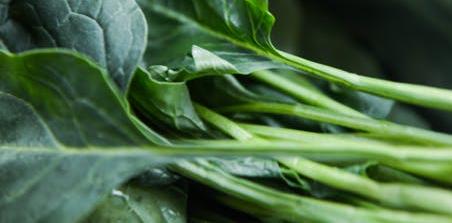

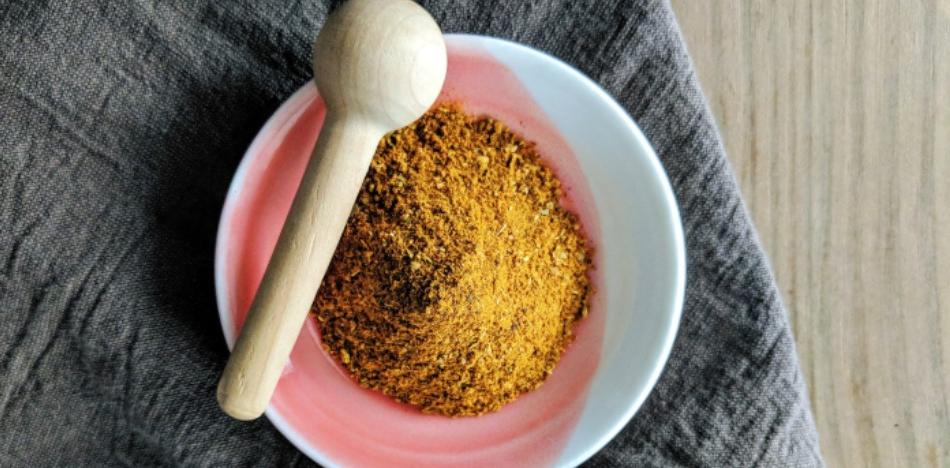
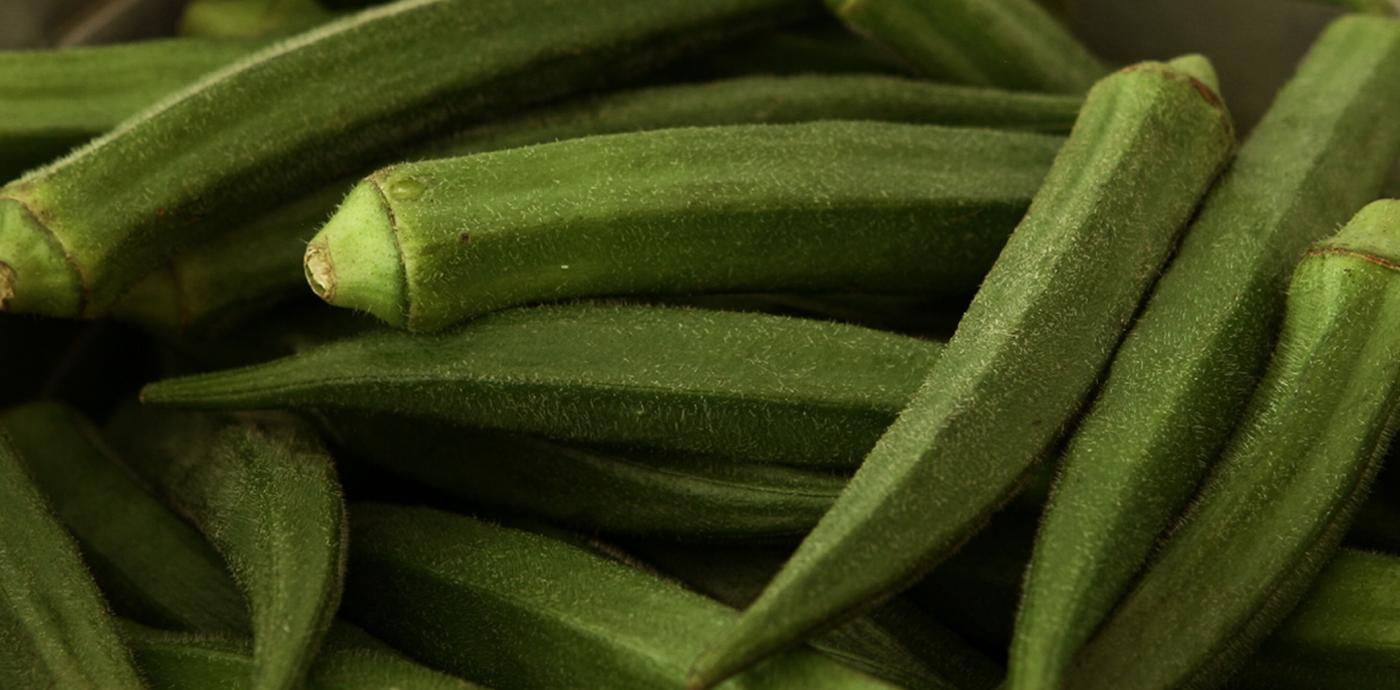
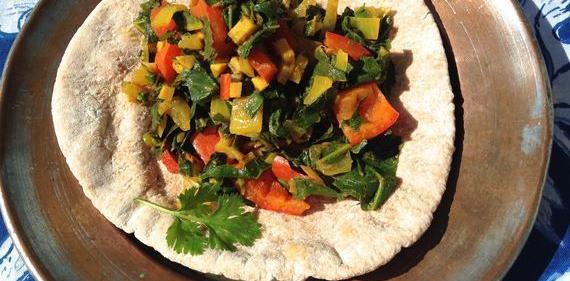
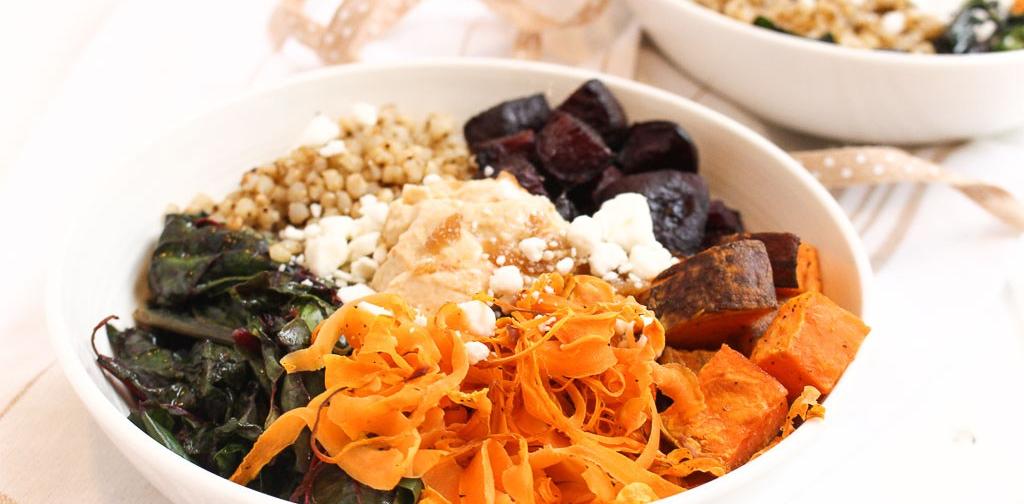
Add a Comment